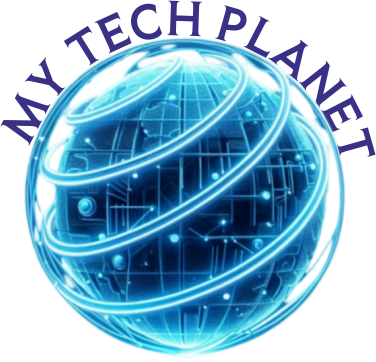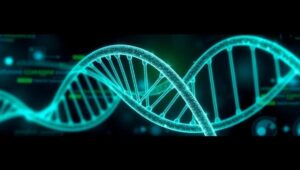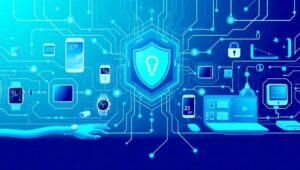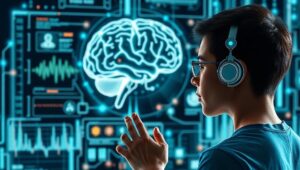May 31, 2025
Bio-Inspired AI: Learning from Nature’s Intelligence (Post-2025)
Bio-Inspired AI: Learning from Nature’s Intelligence (Post-2025) Artificial intelligence (AI) has made remarkable strides, but the next leap may come from an unexpected source: nature. Bio-inspired AI leverages the principles and mechanisms found in biological systems to create more efficient, robust, and adaptable AI models. In a post-2025 world, where AI is deeply integrated into every aspect of life, understanding and implementing bio-inspired techniques will be crucial. What is Bio-Inspired AI? Bio-inspired AI is a field that draws inspiration from the natural world to solve complex computational problems. It encompasses a variety of techniques, including: Neural Networks: Inspired by the













